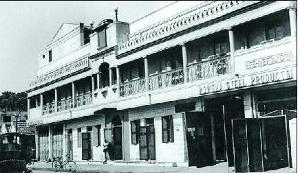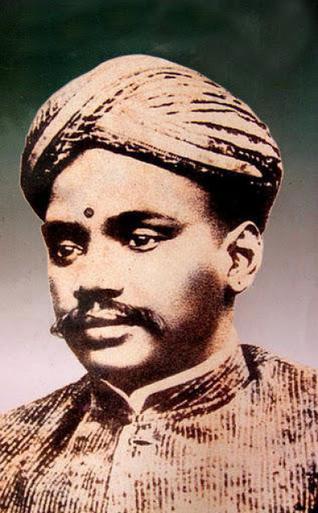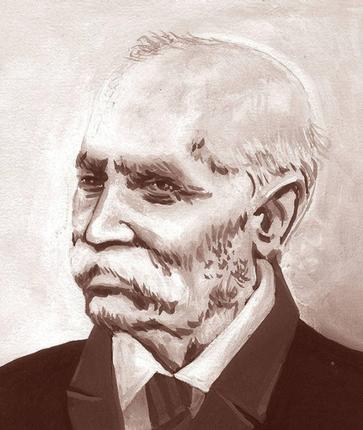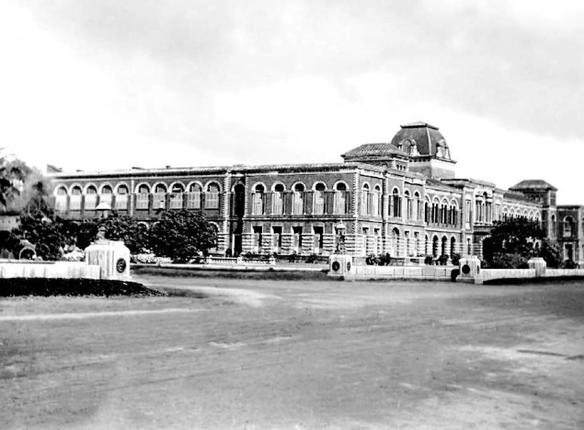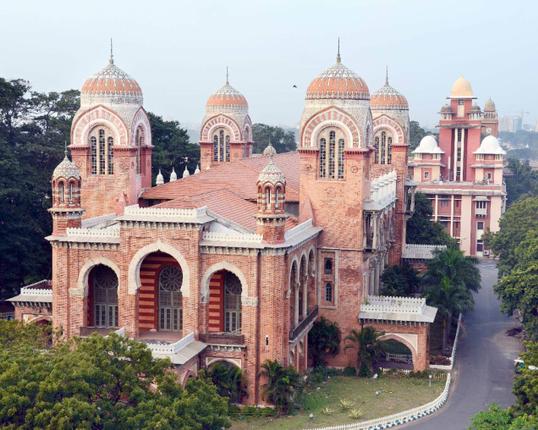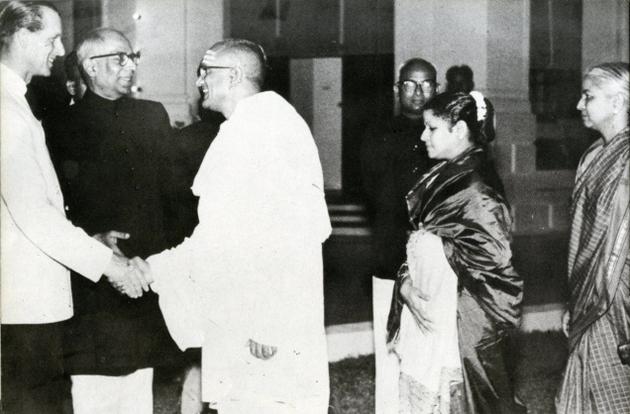
In 1963, M.S. Subbulakshmi enthralled audiences at the International Music Festival in Edinburgh
M.S. Subbulakshmi, the ‘queen of song’ would have turned 98 on September 16. While she continues to be celebrated as a legend of Indian classical music around the globe, not many are aware that up until 1963, the Western world knew little of her or her music.
It was only with the International Music Festival held in Edinburgh in September that year that things changed. The West finally discovered Carnatic music as it were, and the voice that rendered it best.
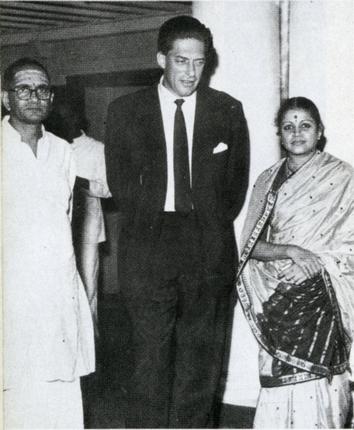
Lord Harewood, the president of the festival and a cousin of Queen Elizabeth, however, had the good fortune of hearing M.S. five years prior to his fellow countrymen. It was in October 1958, in Delhi, that Lord Harewood and his Countess found themselves enthralled by one of M.S.’ many national broadcasts.
T. Sadasivam, the icon’s husband, writes in M.S: The Queen of Song (1987): “Evidently they were taken up by her music and later gave us the pleasure of receiving them in our home in Madras. They invited us to Edinburgh in order that Subbulakshmi could participate in the International Music Festival.”
The show, conceived as an opportunity to initiate Western audiences to the riches of India’s performing arts, also featured sitar maestro Pandit Ravi Shankar, violinist Yehudi Menuhin and dancer Balasaraswati, among others.
For M.S., this was a first on many accounts. Not only was it her first overseas performance, but also her very first trip abroad.
On August 21, she left Madras by train to Bombay, from where she flew to London four days later. During her two-hour-long recitals on August 30 and September 2, she was accompanied by R.S. Gopalakrishnan on the violin, T.K. Murthy on the mridangam, and Alangudi Ramachandran on the ghatam.
Narayana Menon, secretary of the Sangeet Natak Academy, also educated the unfamiliar audience in the history, dynamics and nuances of the Carnatic music system, with special reference to the songs being performed.
M.S.’ concerts ran to packed houses in the Freemason Hall. A jubilant headline on the front page of The Hindu on September 4 read ‘M.S In Top Form at Edinburgh’.
The artist exhilarated crowds with her performance of compositions by Thyagaraja, Muthuswami Dikshitar, Swathi Thirunal, Papanasam Sivan, Panchanadeeswarar Aiyar and Tagore. It was Hari tuma haro, a favourite of Mahatma Gandhi, with which she chose to conclude.
Soon after, M.S. was invited to Europe and then America to perform.
This was the landmark which enabled Carnatic music to be unveiled to the West and find a truly international audience. For that, and much more, we have M.S. Subbulakshmi to thank.
source: http://www.thehindu.com / The Hindu / Home> News> Cities> Chennai / by Nitya Menon / Chennai – September 18th, 2014
